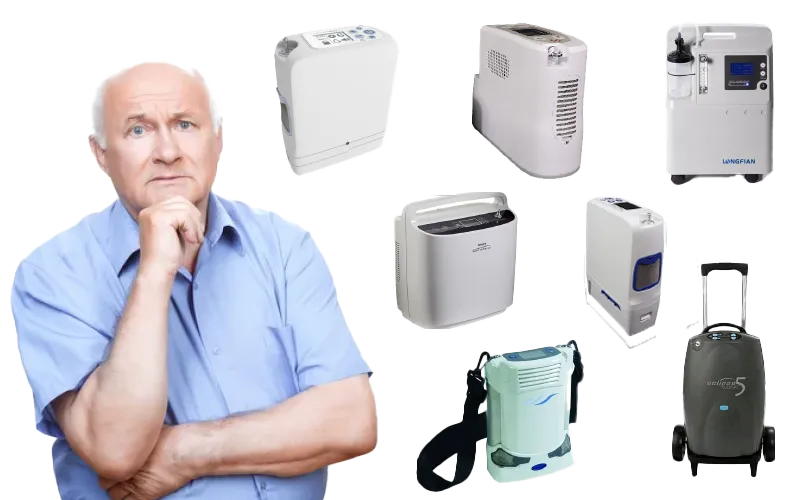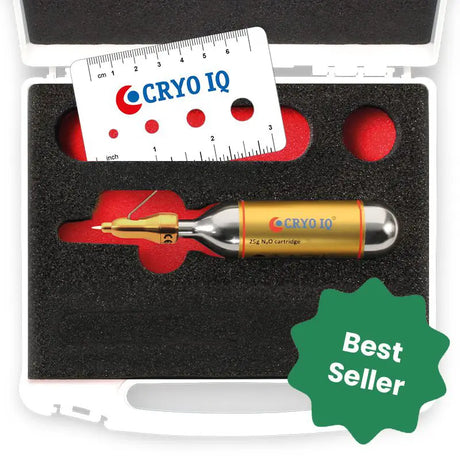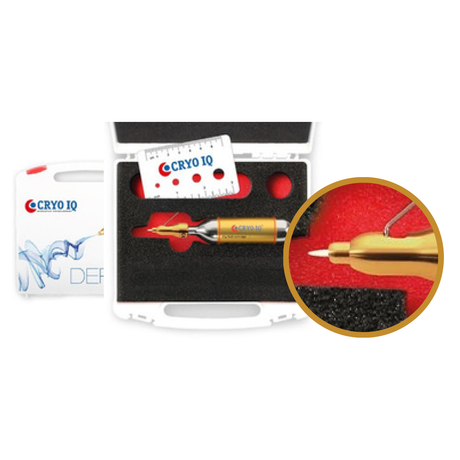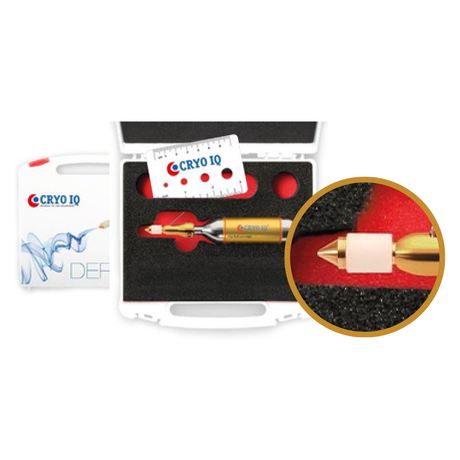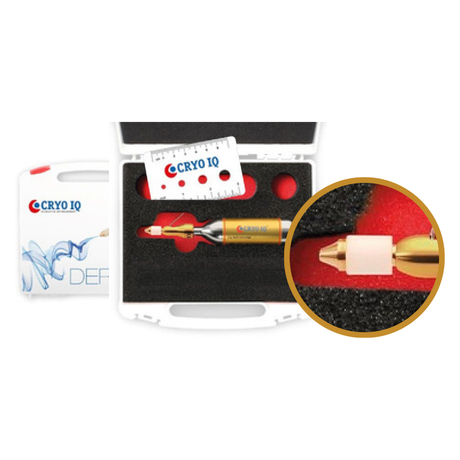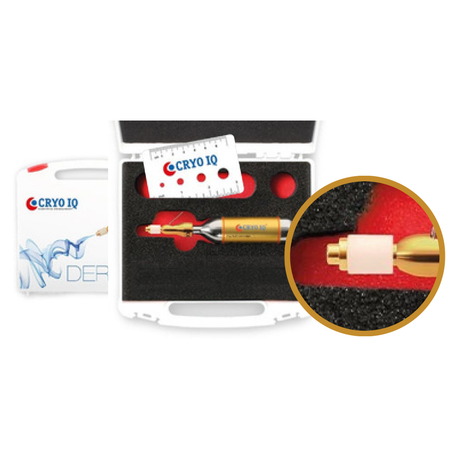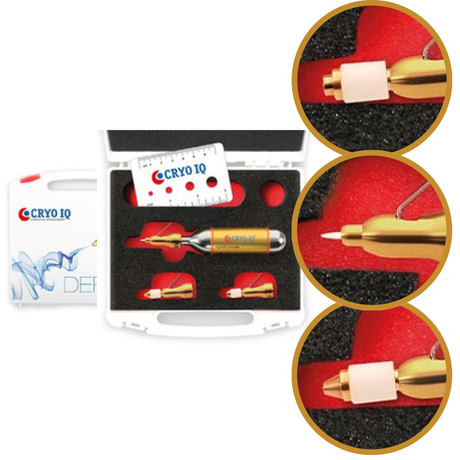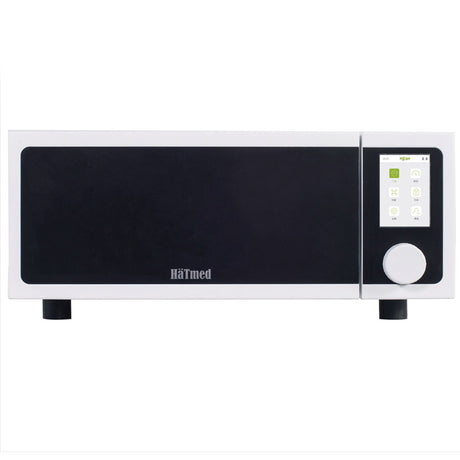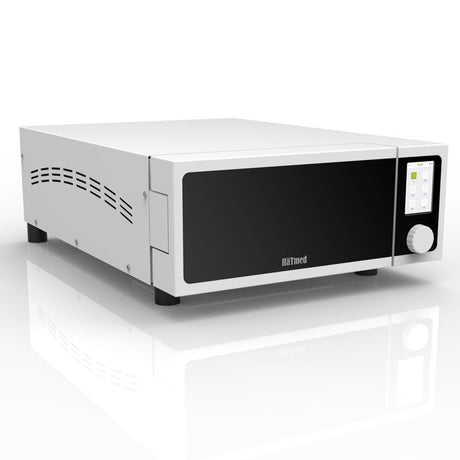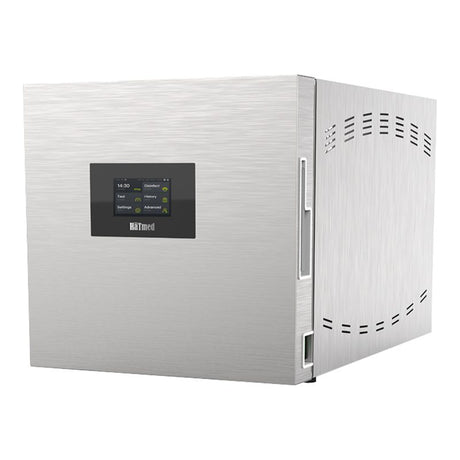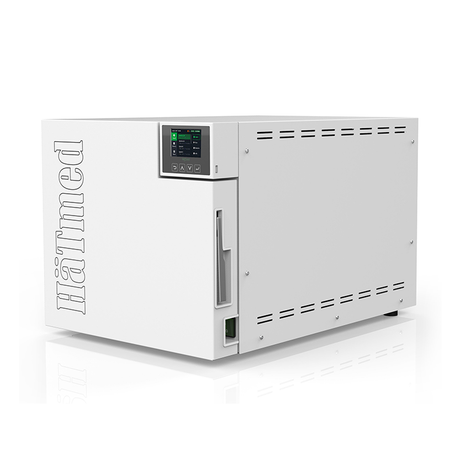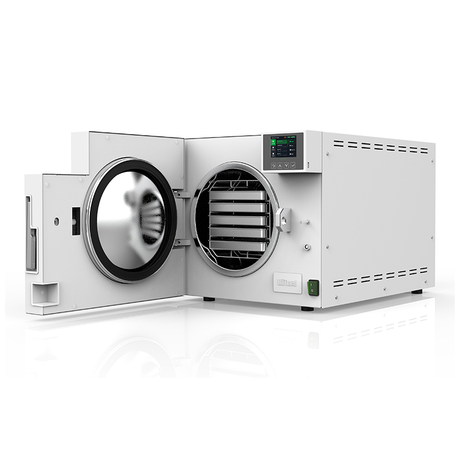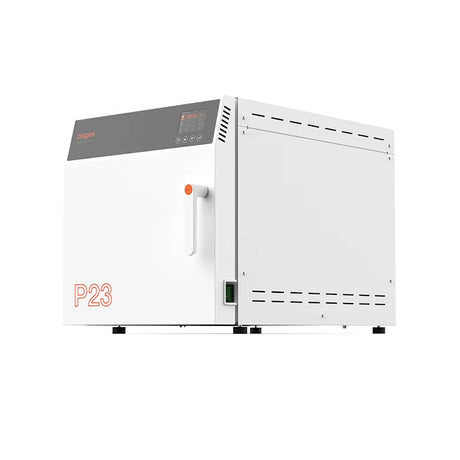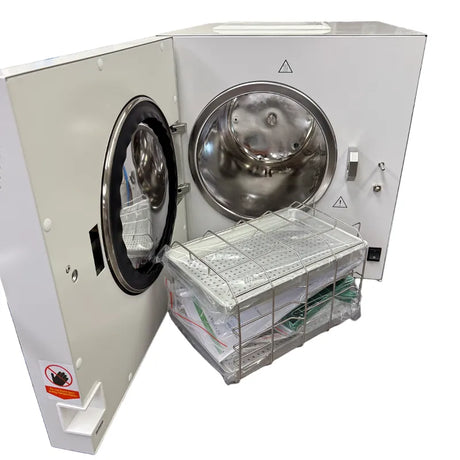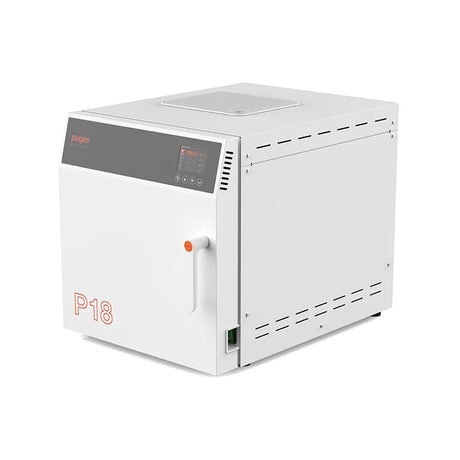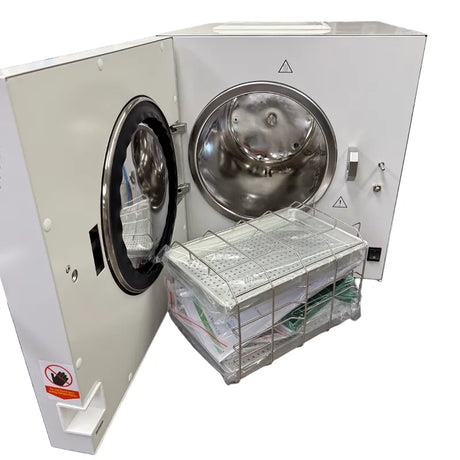What's the Difference Between Pulse Flow and Continuous Flow?
When you’re first prescribed oxygen by your doctor, you will likely discuss the various options available to fit your needs. One of the first determining factors in starting oxygen therapy is figuring out if you’ll need a pulse or continuous-flow oxygen unit. Perhaps you’ve heard your doctor or specialist use the phrase “pulse” and “continuous flow” but do you really understand what it means? What’s the difference between the two? Which one is right for you? Let’s explore the differences below:
Litres Per Minute & Flow Rate?
Many patients, once they see “litres per minute” (LPM) on their prescription, assume their only option is a continuous-flow oxygen concentrator or tank. In reality, both pulse and continuous units use LPM or litres per minute. LPM actually refers to the flow rate of oxygen you’re prescribed. Flow rates are measured in litres of oxygen flowing through the cannula and past the nasal passages. The vast majority of people are prescribed 2 litres of oxygen per minute (2LPM).
It is important to note that your prescription may not tell you whether you need a pulse or continuous flow unit. It’s also imperative to understand that litres per minute does not directly relate to the pulse-dose settings on oxygen concentrators. Generally, most home or continuous flow units have exact LPM settings. However, most portable or pulse-dose units will have a setting ranging from 1 to 9. How much oxygen is released on each setting will differ between each concentrator and each brand. Zone Medical staff are very familiar with these settings and can advise you accordingly.
Pulse-Flow Oxygen Concentrators
Pulse flow puffs or pulses oxygen into your nasal passageway, through a cannula, with each breath. This means that oxygen is delivered only during inhalation and the device stores the oxygen when you exhale. Should the breathing rate increase, the oxygen concentrator will automatically adjust the pulse size and delivery frequency to maintain the required flow rate.
The sophistication of pulse dose delivery is best described as drinking water with a straw; the delivery is more controlled and individualised as needed. On the other hand, a continuous flow machine is similar to that of drinking out of a water fountain; the delivery is less controlled. Units with pulse flow delivery systems tend to be more energy-efficient due to the rest periods between each breath. Rest periods significantly increase the battery life of your unit allowing you to enjoy portable solutions for longer. Another benefit of a pulse dose machine is size. Due to the increased efficiency, units can be made much smaller and lighter providing patients with more freedom and mobility.
Continuous Flow vs Pulse Dose Flow


Another notable difference between pulse and continuous flow oxygen delivery is that pulse dose machines do not deliver oxygen in exact LPM (liters per minute) like that of a continuous flow machine. The setting of 2 on one machine does not necessarily mean the same thing as the setting of 2 on another machine. Zone Medical staff have extensive knowledge on all popular brands and can advise accordingly.
Is Pulse-Flow Oxygen Right for Me?
To answer this question always start with your doctor. While pulse dose works for the vast majority of people, there are some unique medical conditions where it is not an option. If you require oxygen at night, your doctor may recommend a continuous flow machine for nocturnal or nighttime use. That being said, many patients can still use a pulse dose machine during daytime hours. The reason doctors lean toward continuous flowing for sleep is that shallow and mouth breathers may not trigger the pulse sensor. If no pulse is triggered, some machines will alarm causing patients to wake up frequently throughout the night.
Using an oxygen concentrator with pulse flow technology is a great solution for those with an active lifestyle, or just want to be able to get out of the house. If you’re frequently out and about running errands, exercising, traveling, or even if you just enjoy a daily morning walk pulse flow can adjust to your changing breath rates to ensure you’re always getting the oxygen therapy you need.

Continuous-Flow Oxygen Concentrators
Continuous flow delivery is the most common and traditional type of oxygen delivery. Continuous flow constantly flows oxygen at a steady and specified rate. Continuous flow is easiest to understand when you compare it to a water fountain. When you turn on a water fountain, water streams out at a somewhat steady pace. If the water fountain were flowing at 1 litre per minute and you were to drink from the said stream the likelihood of you consuming 1 complete litre of water in your singular drink is highly unlikely. The same applies to a continuous flow machine, there will naturally be excess and wasted oxygen supplied due to the state of constant oxygen delivery.
It is also important to note that all home or stationary oxygen concentrators operate in continuous flow delivery.

Is Continuous Flow Right for Me?
Just like pulse delivery, this question starts with your doctor. While continuous flow machines work for many people, it’s always best to consult your doctor. An oxygen concentrator with continuous flow is a sufficient solution if you lead a more relaxed lifestyle. All at-home or stationary machines operate in continuous flow delivery. If your activity level is low to moderate and your breathing rate stays relatively consistent throughout the day, a continuous flow machine may be right for you. Continuous flow units are often great solutions for those with sleep apnea or other conditions in which you require oxygen at night. Like we mentioned above, a continuous flow machine won’t alarm while you’re sleeping if you happen to breathe through your mouth or have shallow breathing.
All continuous flow oxygen concentrators are compatible with bottle
humidifiers. This is especially helpful in those dry conditions when the nose and mouth get dry, they can also use an Oxygen Mask instead of a nasal cannula. Additionally, CPAP, BiPAP and APAP machines can be added to a continuous flow oxygen delivery system.

Pulse and Continuous
Why not both? There are several machines on the market that offer both pulse and continuous flow in a single machine. These machines are usually portable and offer the most flexibility as they are great for nocturnal use, use with sleep apnea equipment, and can be used during the day on pulse dose to extend the life of the batteries.

Additional Factors to Consider
One of the most important factors we urge our customers to consider is their lifestyle! Unfortunately, some doctors may not take into account just how you’d like to use your oxygen solution or what machine would be most suitable.
- Do I require continuous flow delivery for either nocturnal or daytime use?
- Do I need to use sleep apnea equipment? (CPAP, BiPAP or APAP Machine)
- What is my required litre flow rate?
- Do I want or need to use oxygen on the go? Example: in the car, at the store, etc.
- What weight of concentrator can I comfortably carry?
- How long of a battery life do I need on a daily basis?
- Can I use my machine on an airplane?
- Can I receive financial assistance when purchasing?
- What are the costs involved, both initially and ongoing?
- What is the post-sale support like, what if something happens to my concentrator?
At the end of the day, it truly comes down to your medical needs and personal preference in selecting a pulse or
continuous unit. The experts at Zone Medical can answer all your questions and will be able to help you make a decision.
About Zone Medical
Unlike some oxygen concentrator suppliers, Zone Medical has been importing and distributing Medical Equipment to Hospitals, Doctors, Specialists & the General Public for over 20 years. We work directly with the manufacturers of these specialised pieces of equipment and we work directly with the patient. We also have an established national service network across the country.
What does this mean? With no middle man involved Zone Medical can ensure best pricing and support available in Australia. We pride ourselves on our prompt service, superior pricing and extensive industry knowledge. In fact Zone Medical works directly with respiratory specialists across the country to help deliver the best possible outcome for patients throughout Australia.
Oxygen Concentrators can feel a little overwhelming and confusing…
If you have any questions or would just like a general chat about oxygen therapy and what your options may be, feel free to contact Zone Medical at any time. One of our oxygen specialists is more than happy to speak with you. Don’t forget to ask us about our trial period guarantee, buy-back scheme, rental programme, and other services unique to Zone Medical, including our range of portable oxygen solutions!

